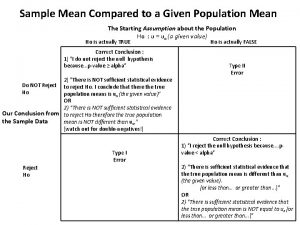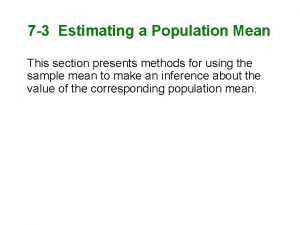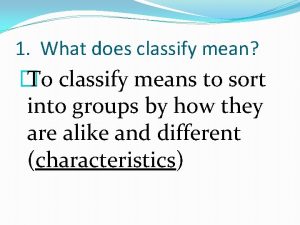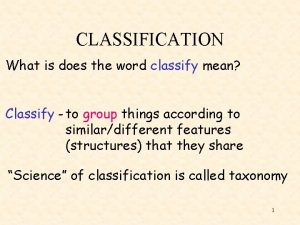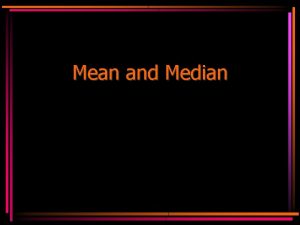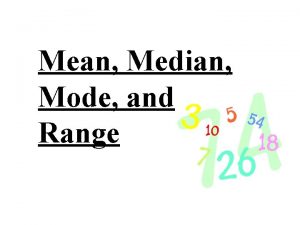Lets Classify What does it mean to classify














- Slides: 14

Let’s Classify!

What does it mean to classify? To classify means to group things according to shared characteristics.

The History of Classification As a young child, you used characteristics such as shape and color to group things.

The earliest classification systems were probably based on simple characteristics such as whether the plant or animal was beneficial to humans, harmful to humans, or neither.

It wasn’t until the 1700’s when a Swedish scientist by the name of Carolus Linnaeus, classified over 10, 000 organisms into groups. The science or study of describing, classifying, and naming living things is called taxonomy.

Linnaeus’s Classification System Linnaeus used seven major levels of classification ØKingdom ØPhylum ØClass ØOrder ØFamily ØGenus ØSpecies

Kingdom was Linnaeus’s largest, most general level of classification Example: The Kingdom Animalia Linnaeus then organized these animals into smaller and smaller groups, always based on Shared Characteristics.

Kingdom: Animalia Phylum: Chordata Class: Mammalia

Order: Carnivora Family: Ursidae Genus: Ursus Species: maritimus

Kingdom Animalia Phylum Chordata Class Mammalia Order Carnivora Family Ursidae Genus Ursus Species maritimus

When Linnaeus developed this classification system, he also realized the importance of having a name that is unique and specific to that particular organism. Common name: polar bear Scientific name: Ursus maritimus

Do you know what groups you belong to? KINGDOM ANIMALIA PHYLUM CHORDATA CLASS MAMMALIA ORDER PRIMATES FAMILY HOMINIDAE GENUS HOMO SPECIES SAPIEN SCIENTIFIC NAME: Homo sapiens

Taxonomy, like many fields of science, is changing as new knowledge is discovered. In the 1970’s scientists added a level above kingdom called Domain. The 3 Domains are: • Eukaryota: organisms whose cells have a nucleus and organelles surrounded by membranes • Bacteria: prokaryotes • Archaea: prokaryotes that live in extreme environments

Modern taxonomists classify organisms within those three domains based on evolutionary relationships. We’ll learn more about this in upcoming lessons. What all classification schemes have in common is that they group organisms by Shared Characteristics. Today you will classify a group of objects based on their shared characteristics.
 Mean absolute variation
Mean absolute variation What does mean mean
What does mean mean What do you mean matter
What do you mean matter How does threegreen classify its assets?
How does threegreen classify its assets? What term does the mcjrotc program use to classify cadets?
What term does the mcjrotc program use to classify cadets? Difference of population and sample
Difference of population and sample Sampling distribution of the mean
Sampling distribution of the mean How to compute population mean
How to compute population mean Mean of the sampling distribution of the sample mean
Mean of the sampling distribution of the sample mean Mean deviation from mean
Mean deviation from mean Tissue imtiaz dharker
Tissue imtiaz dharker Mutually assured destruction cartoon
Mutually assured destruction cartoon Lets copy saldanha
Lets copy saldanha Lets think in english
Lets think in english Lets talk about sports
Lets talk about sports





